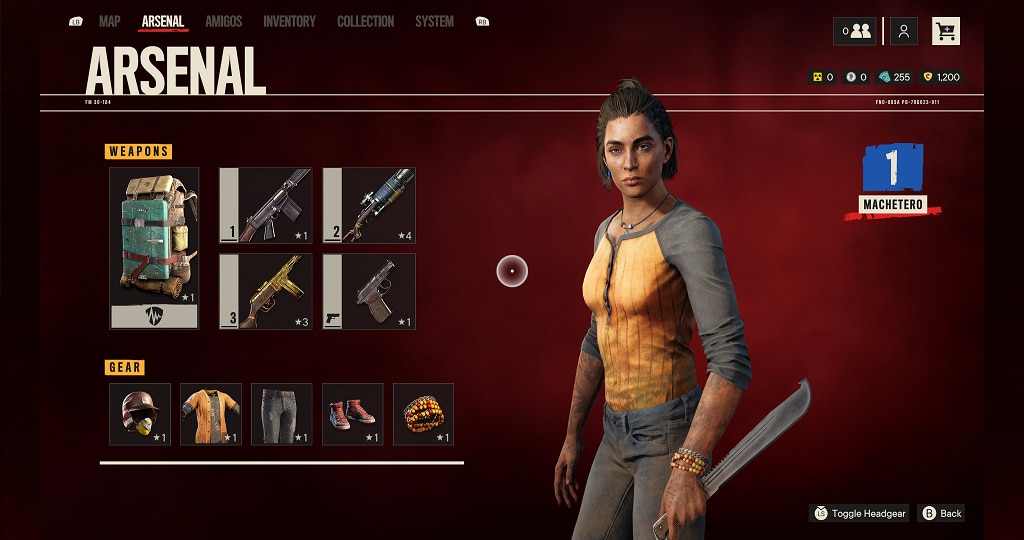

They are one of the most hit or miss triple A developers and their failures often overshadows the great games they produce. Amazon product descriptions contain age-rating advice and platforms like Steam, while harder to monitor, also offer parental controls and ratings advice.Ubisoft is an interesting developer. This site also allows you to filter results according to console/platform, age rating, and particular kinds of objectionable content.Īll video game boxes come with a printed rating but, increasingly, online sales and non-physical gaming platforms (such as Steam) are becoming the norm. You can search the ESRB website and find the official rating for any video game. Game ratings are judged by experienced experts and if they indicate that a game is intended for older children than your own it is usually best to follow official advice. If you can’t decide based on the ESRB (box) rating alone, then consider watching gameplay footage on YouTube or chatting with other parents about the game in question.Īfterward, don’t be afraid to assert yourself by refusing to purchase a game or allow it in your home. In these situations, it’s best to use your own discretion in deciding what your child should or shouldn’t be playing. Suitability: peer pressure is a tricky force to handle and you may find yourself grappling with a younger child’s wish to play the same games that their friends are talking about. However, attempting to ban video games altogether may do more harm than good, leading to resentment and avoidable behavioral issues. You should strive to ensure that your child’s gaming doesn’t interfere with his or her engagement with school or their participation in social and outdoor activities. Moderation: balance is healthy in all areas of life and gaming is no exception. Generally speaking, the two pillars of healthy gaming habits are moderation and age-appropriateness. They can be both fun and entertaining, as well as completely harmless, as long as certain common-sense measures are followed. Video games are a staple of modern entertainment for both adults and children. Selecting Games and Monitoring Your Child’s Play
:strip_icc()/i.s3.glbimg.com/v1/AUTH_08fbf48bc0524877943fe86e43087e7a/internal_photos/bs/2021/j/8/XBEIthTwGRJCn4t8nERA/2014-05-15-far-cry-4-farcry-himalaia-ubisoft.jpg)
Titles in this category may contain intense violence, blood and gore, sexual content, and/or strong language.ĪO (Adults Only): content that should only be played by persons 18 years and older. M (Mature): content that may be suitable for persons ages 17 and older.

Titles in this category may contain violence, suggestive themes, crude humor, minimal blood, simulated gambling, and/or infrequent use of strong language. T (Teen): content that may be suitable for ages 13 and older. Titles in this category may contain more cartoon, fantasy, or mild violence, mild language, and/or minimal suggestive themes. Titles in this category may contain minimal cartoon, fantasy, or mild violence and/or infrequent use of mild language.ĮVERYONE 10+: content that may be suitable for ages 10 and older. Contains no material that parents would find inappropriate.Į (Everyone): content that may be suitable for ages 6 and older. On the back of the box, the rating may include additional information such as “may contain minimal cartoon, fantasy, or mild violence.” The complete list of ratings is as follows:ĮC (Early Childhood): content that may be suitable for ages 3 and older. Selecting Games and Monitoring Your Child’s Play.


 0 kommentar(er)
0 kommentar(er)
